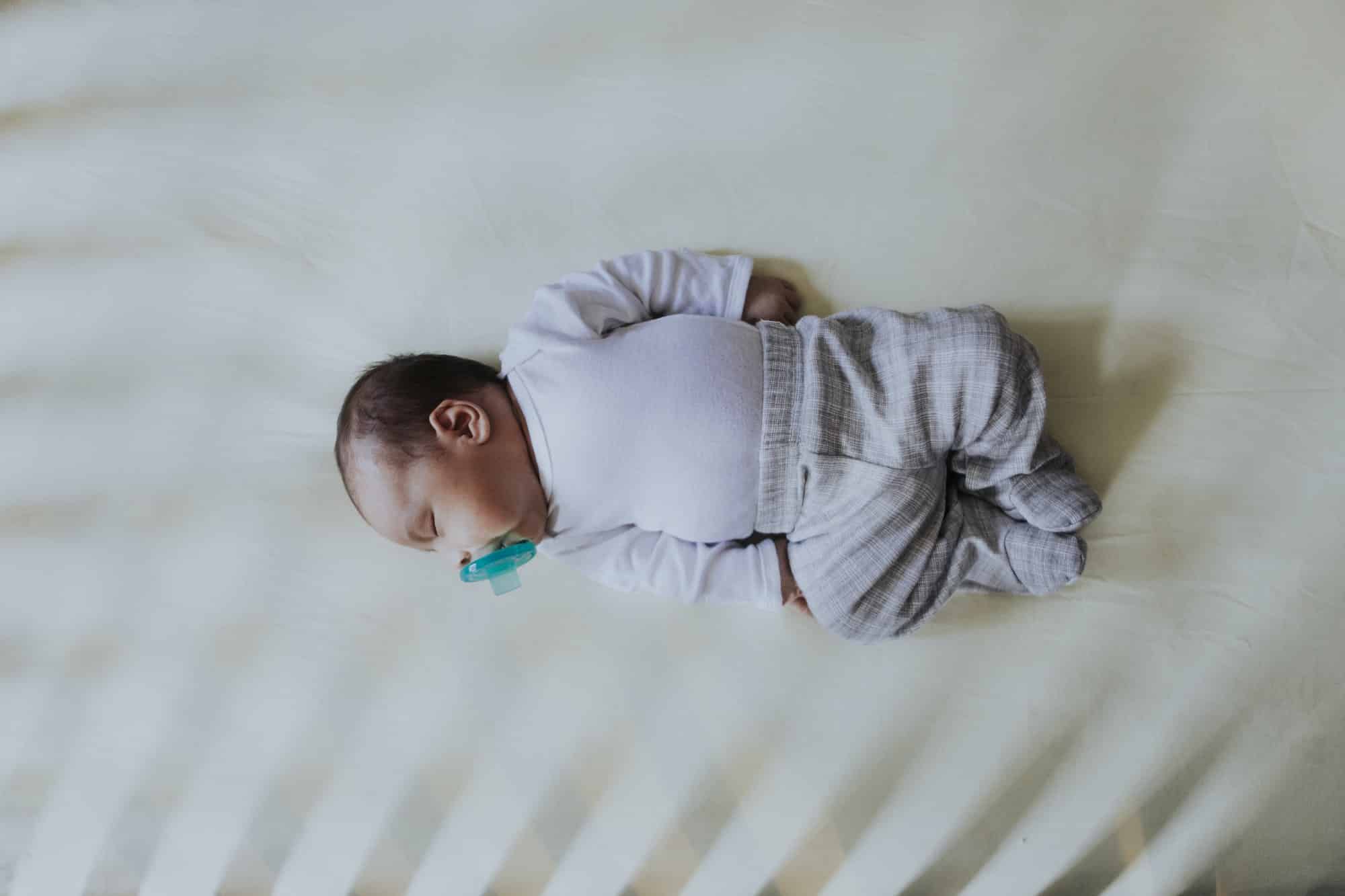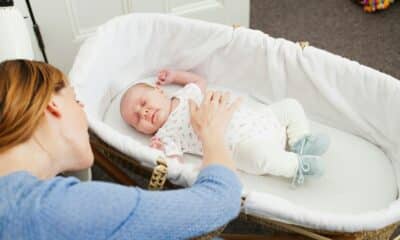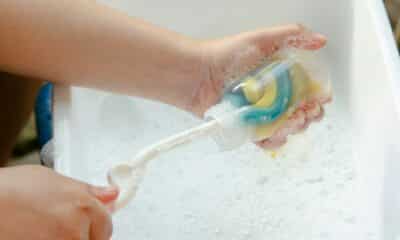Babies
Safe Sleep 7: Nurturing Healthy Sleep Habits for Infants

“Safe Sleep 7” refers to a set of guidelines and practices aimed at promoting a safe sleeping environment for infants. Developed to reduce the risk of Sudden Infant Death Syndrome (SIDS) and other sleep-related dangers, these recommendations are crucial for ensuring the well-being of babies during their sleep. In this article, we’ll explore the Safe Sleep 7 guidelines and discuss their pros and cons. Safe Sleep 7 Guidelines:
Back to Sleep:
Pros:- Reduces the risk of SIDS. Promotes better airflow and decreases the chance of rebreathing carbon dioxide.
- Some infants may resist sleeping on their backs, requiring gentle encouragement.
- Prevents the risk of suffocation in soft bedding. Promotes proper spine development.
- Some parents may worry that a firm surface is uncomfortable, but it is safer for the baby.
- Reduces the risk of suffocation. Creates a safer sleep environment.
- Traditional crib bumpers and soft blankets may be aesthetically pleasing but pose hazards.
- Reduces the risk of entanglement and suffocation. Creates a clear and safe sleep space.
- Some parents may be tempted to add soft items for comfort, but this increases the risk.
- Reduces the risk of SIDS. Promotes a comfortable sleep environment.
- Parents may worry about their baby being too cold, but overdressing increases the risk of overheating.
- Associated with a reduced risk of SIDS. Provides comfort and self-soothing for the baby.
- Some parents may face initial resistance to pacifier use.
- Reduces the risk of SIDS. Allows for close monitoring of the baby.
- Parents may find it challenging to transition the baby to a separate sleeping space.
Reduced Risk of SIDS:
Following Safe Sleep 7 guidelines significantly decreases the risk of Sudden Infant Death Syndrome, providing parents with peace of mind.Resistance to Back Sleeping:
Some infants may resist sleeping on their backs, requiring parents to find gentle ways to encourage this position.Sticking to the Safe Sleep 7 rules is key; it’s how you make sure your baby sleeps safely every night. Although there might be initial challenges or apprehensions, the enduring advantages surpass any potential drawbacks. Prioritizing safe sleep for infants not only promotes their immediate well-being but also supports their long-term health and developmental progress.










